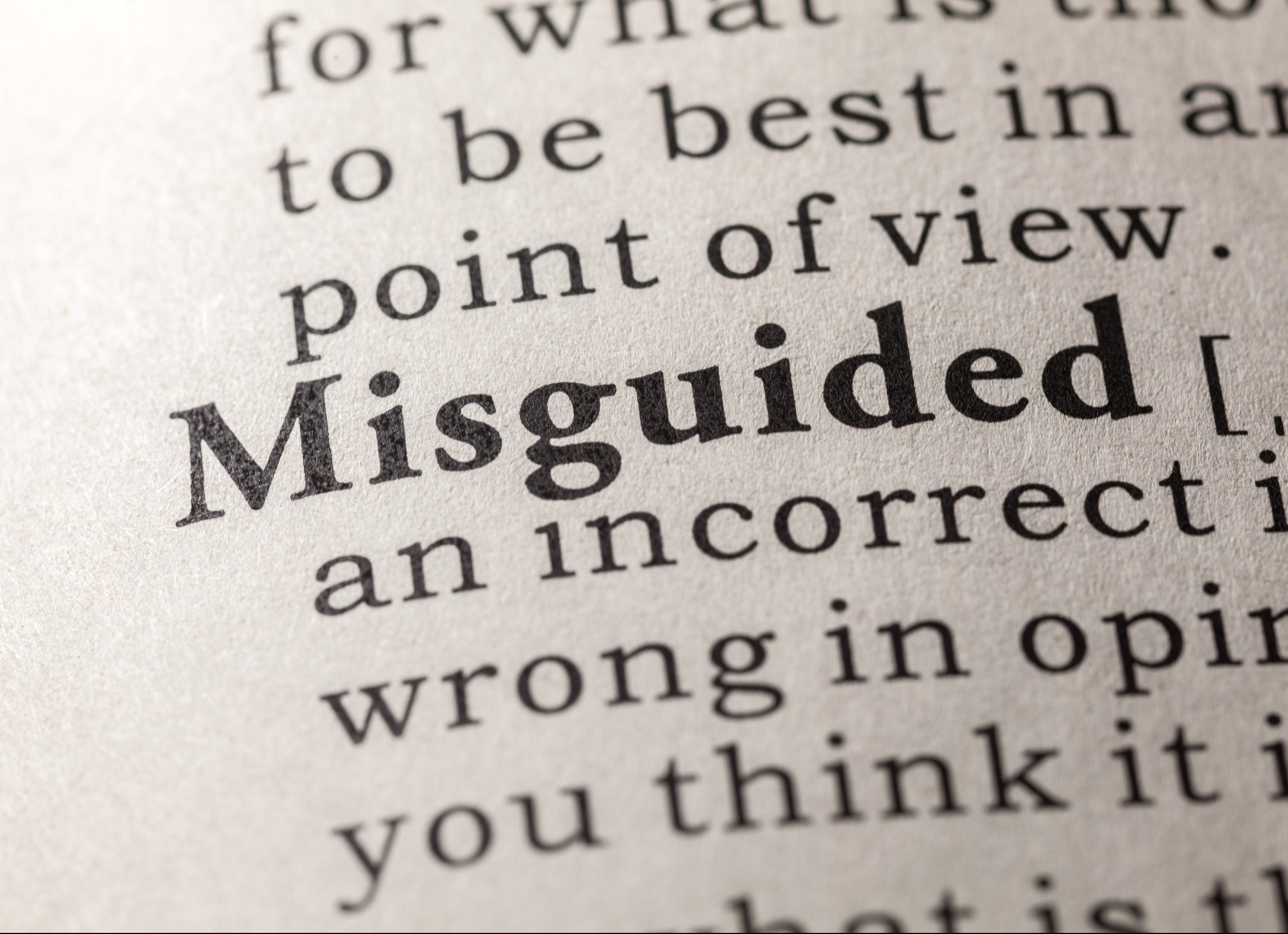The CAFC Hands Down Another Decision Demonstrating Its Misguided View of Obviousness
“Xiaomi took Maalouf’s invention as its own only after Maalouf invented it, made it, and proved the market for it. If it is obvious to combine the elements in the prior art simply because Xiaomi wants to provide commercially successful products, why didn’t Xiaomi do it first?”
I attended the hearing at the U.S. Court of Appeals for the Federal Circuit (CAFC) in Maalouf v. Microsoft on Monday February 6, 2023, and the CAFC issued its opinion in the case this past Thursday. This case has curious origins. Through his company Dareltech, Ramzi Khalil Maalouf, a Lebanese immigrant and U.S. citizen, sued Xiaomi, a Chinese multinational corporation, for patent infringement in New York. The case was dismissed without prejudice because Xiaomi was found not to have a physical presence in New York, notwithstanding their proven secret office.
Later, Microsoft, naming Xiaomi as the real party in interest, filed an Inter Partes Review (IPR) with the Patent Trial and Appeal Board (PTAB). In other words, a U.S. Big Tech multinational acted on behalf of a China-controlled multinational to invalidate the patents of a small American inventor, thus clearing the way into the U.S. market for the China-controlled multinational.
The Microsoft/Xiaomi matter added insult to injury, as Maalouf had previously been attacked at the U.S. Patent and Trademark Office (USPTO) with six IPRs filed by Shenzhen DJI – the Chinese Communist Party (CCP)-controlled drone manufacturer banned by in the United States as a national security threat.
The focus of this article, however, is on how Maalouf’s patents were invalidated as obvious by the CAFC.
The Lawlessness of Obviousness
In Microsoft’s attack on Maalouf’s patents, the PTAB found it obvious over two combinations of the prior art. While there are legitimate arguments that show that the prior art used is not appropriate to invalidate the patents, Judge Reyna’s dangerously misguided view of the motivation to combine items in the prior art is much more concerning.
For a patent claim to be obvious when the elements of the invention are in multiple prior art items, there must be a motivation to combine those elements. If there is no motivation to combine them, it cannot be obvious to do it.
In Maalouf’s PTAB trial, Microsoft’s expert, Welch, explained that a motivation to combine can simply be the motivation to produce a commercially successful product:
“A PHOISTA would be motivated to combine Kim’s shaft and mounting structure with Rosenhan’s handle to the many different types of mobile phones on the market, thereby expanding the commercial application of the handle.” (Taken from the CAFC decision).
The PTAB agreed with Microsoft’s theory and found Maalouf’s claims invalid as obvious.
Of course, motivation to create commercially successful products is a primary motivation for any business. But how can it be proven that this ubiquitous business motivation means that someone will identify and combine any specific items to produce a product?
To answer that question and others, Maalouf appealed to the CAFC. A hearing was held on February 6. In the recording of the hearing, at 2:20 Judge Reyna gives that answer:
“Why would that not be sufficient motivation to combine? Where just purely making the changes that don’t seem very complex required here in order to combine you are able to use the device to a whole host of other cameras, different sizes and shapes, and consequently, you have a greater commercialization. Why isn’t commercialization itself sufficient basis for motivation to combine?”
On Thursday, February 23, 2023, the CAFC issued its decision finding Maalouf’s patents obvious:
“The Boards underlying factual findings are supported by substantial evidence, particularly the testimony of Microsoft’s expert, Welch.” And “we do not agree that Welch’s testimony, including the portion we have excerpted above, is conclusory. Instead, Welch clearly articulated why a skilled artisan would be motivated to combine Rosenhan and Kim, …”
Clearly, the CAFC has ruled that a ubiquitous business motivation to produce commercially viable products is enough to show motivation to combine any items in the prior art.
Reyna’s Blatant Hindsight Bias
Reyna’s comments and the CAFC’s decision are the absurd conclusion of dangerous hindsight bias, which would be entertaining if it was not so damaging to U.S. innovation.
Under this crazy notion, there is motivation to combine any elements in the prior art because the purpose of inventing is to achieve commercial success, and since only successful inventions are litigated, the fact that an invention is a commercial success is implied proof that it was obvious to invent it.
No invention can withstand this test, except those that never attain commercial success.
Commercial Success Means the Invention is Not Obvious
Meanwhile, back here in the real world, it is a simple fact that an invention must be invented before it can be commercialized. When the inventing happens, there is no way to know that the invention will become a commercial success. Inventors can only imagine that commercial success, and then bet their hard work and treasure on a lottery ticket that will be won (or lost) after the invention goes to market.
In the real world, commercial success is absolute proof of a great invention – not the other way around, as the USPTO and the CAFC have made law.
If Maalouf’s invention was obvious, why didn’t Xiaomi already have it on the market? After all, Xiaomi is the world’s third largest mobile phone maker, with over 30 million customers, far greater expertise, and much deeper pockets than Maalouf. Therefore, Xiaomi is, by far, better positioned to see obvious things than Maalouf.
Xiaomi took Maalouf’s invention as its own only after Maalouf invented it, made it, and proved the market for it. If it is obvious to combine the elements in the prior art simply because Xiaomi wants to provide commercially successful products, why didn’t Xiaomi do it first? That profound question must be answered.
Is the real answer that the risk that an invention may not become a market success is too great for Xiaomi, so it’s better to wait for little guys, like Maalouf, to prove their inventions in the market and then just steal whatever works? If so, what Xiaomi did is more accurately called IP theft.
Self-Evident Truth
The self-evident truth is that the simple fact that Maalouf invented it, brought it to market, and it became a commercial success long before Xiaomi, or any others, even tried is absolute proof that his invention was not obvious, and absolute proof that Maalouf’s invention is meritoriously deserving of patent protection.
Judge Reyna’s theory is blatant hindsight bias of the worst kind. It destroyed the fruits of an American citizen’s labor and treasure, and in doing that, opened access to the U.S. market for Xiaomi, a predatory CCP-controlled multinational, with help provided by Microsoft, an American multinational without a dog in the fight, the USPTO and the CAFC. How is it even possible that we allow this to happen?






